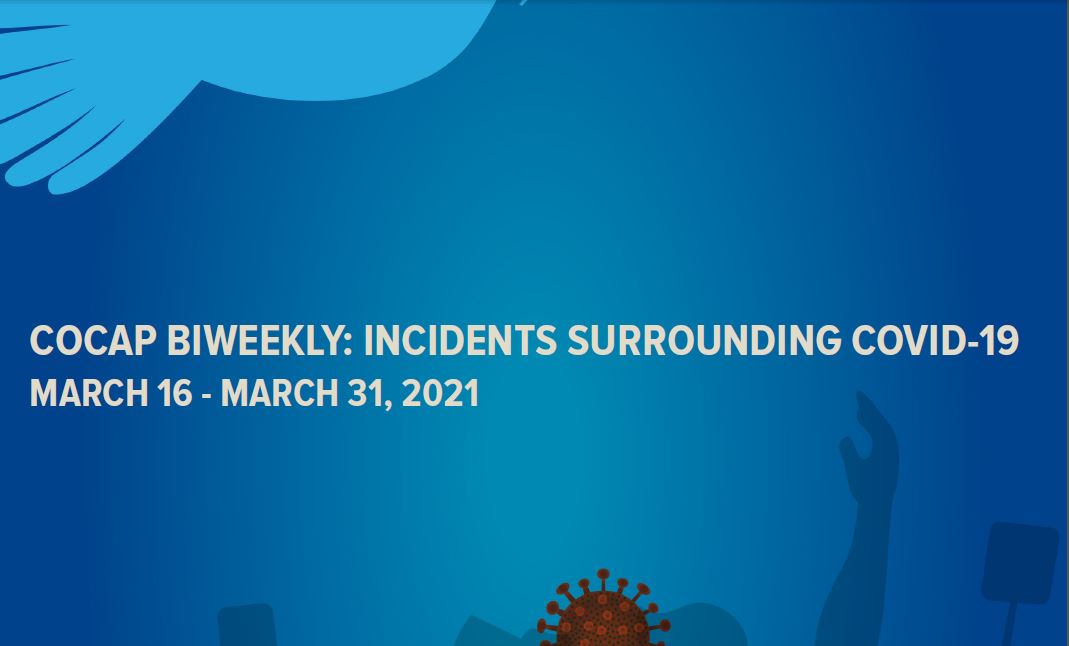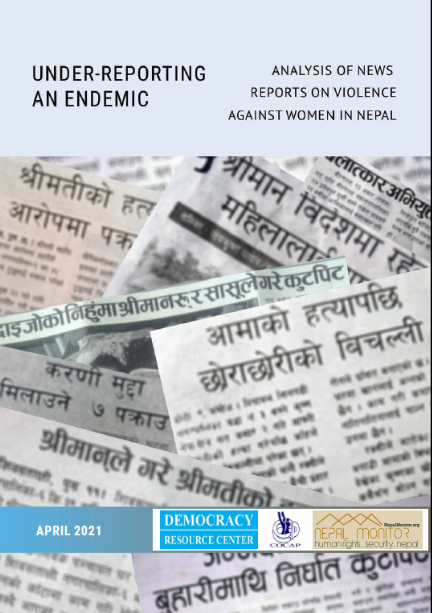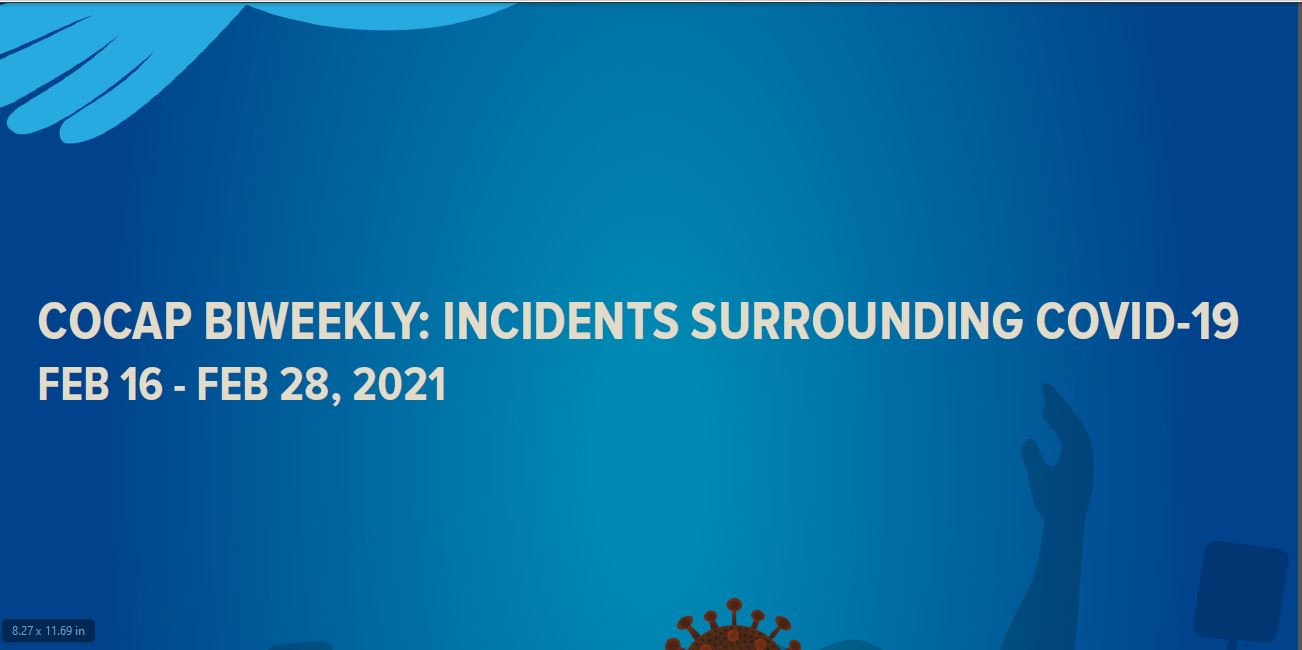Incident Reports
Nepal’s rape laws fail to adequately protect victims
2019-09-13
The dynamic of sexual behavior in our society has already been set: men have to seek, initiate, and hunt for women. Nepali women, on the other hand, must “resist”, in order to preserve their laaj— shame, and thus family honour, or else run the risk of being labelled as sexually promiscuous, or dirty, or a slut. Indeed, this goes further: for a man to “succeed” in overcoming resistance is even more rewarding than simply getting what they want, for it demonstrates strength, skill, and masculinity. If for boys and men sex is about the skill of acquisition, consent is not permission another person gives, but a prize to be won.
When society’s outlook on male-female sexual behavior is seen as a dynamic in which males are aggressive and assertive, and females are passive, only responsive to male initiative, pressure from men and unwillingness from women is considered a normal prelude to sexual intercourse and other sexual behavior. This makes rape, in particular, difficult to define and prosecute.
Like other laws in most contexts, rape laws, too, are a product of their society. This is a layperson’s reading of Nepal’s rape laws in the context of this traditional view of sex and power. (A legal analysis would naturally be different.)
The current laws against rape under the Nepali Criminal Code are specified under a broad umbrella of ‘karani sambandhi kasur’ or ‘crimes related to sex/ sexual penetration’. Rape is specifically defined in Article 219 under ‘Jabarjasti karani’. The term, jabarjasti karani, doesn’t exactly translate to rape as it doesn’t wholly encompass the lived experience of rape. ‘Jabarjasti’ means forcible while ‘karani’ means sexual penetration. For one, rape is not necessarily forcible, and secondly rape doesn’t need to involve the act of penetration. While the article goes on to elaborate that force is not a necessary precedent of rape and elaborates on other behaviors other than penetration that can be prosecuted as rape, the term ‘Jabarjasti karani’ itself is misleading and can result in inconsistent interpretations.
The exclusion of boys, men, and gender and sexual minorities from Article 219 is exclusionary, archaic, and is a violation of the constitutional right to equal treatment for all persons.
Article 219 Clause 2 defines rape as “sex with a woman without her consent or with the consent of a child under 18”. Rape is specified as an act that is imposed by men upon women. Right off the bat the law locks in a very exclusionary definition of what rape looks like. It fails to account for rape and sexual violence against men, and trans individuals. Such a rigid definition also overlooks male on male sexual violence and female on female sexual violence
Furthermore, Article 226 stipulates that “nobody should have unnatural sex with another person without consent”, that protects male child victims of rape. However, the use of the term ‘unnatural sex’ is extremely problematic. The exclusion of boys, men, and gender and sexual minorities from Article 219 is exclusionary, archaic, and is a violation of the constitutional right to equal treatment for all persons.
Article 219 goes on to explain that “consent by the way of coercion, fear, lying, kidnapping, or bondage shall not be considered consent and consent given when unconscious shall not be considered consent”. The section on rape has certainly broadened its definition of consent in comparison to the previous Muluki Ain. However, it still defines consent in the negative and does not adequately address consent. Criminal laws in various countries require proof of “unequivocal and voluntary affirmative agreement” to engage in sexual activity.
Article 219 on rape has also moved away from the traditional view of rape as penile-vaginal insertion to include a wider range of sexual behaviors. It also stipulates that “the insertion of the penis into the mouth, anal, partial insertion of the penis into the mouth or vagina, and insertion of other objects into the vagina shall be considered rape”. However, it still does not meet international standards, which include a broader range of behaviors that constitute rape.
Article 219 Clause 4 stipulates that “Regardless of what is written in subdivision 3, if the married woman is raped by her husband, he will be imprisoned for 5 years”. Marital rape is clearly inadequately penalized in the Criminal Code. This inadequate punishment reinforces the idea of ownership in marriages. Women in Nepal often derive their status from their marriages and operate within the separate spheres ideology whereby women and men perform gender-specific roles and interact in gender-specific manners where men hold most of the power. This imbalance of power is embedded in our society so much so that a survey by the Government of Nepal showed that only 9% of respondents were aware that rape within marriage is illegal. The legal leniency on men who rape their wives reinforces and protects the power imbalance between husbands and ‘their’ wives.
Women in Nepal face the brunt of social stigma in cases of rape and sexual violence. They are usually named and shamed for getting raped, which is why reporting rape and sexual violence is a very hard task for many victims of rape. In addition, women are largely unaware of their legal rights and are often mistrustful of the legal system, because notions of purity that persist in society are equally prevalent in officialdom. The same is true of victim-shaming.
Despite the social and psychological challenges that victims have to go through in order to report rape, Article 229 only grants a one-year period within which a complaint has to be filed. Although this is an improvement from the 35-day period and six-month period granted in the previous national code, it is still inconsistent with Nepal’s commitment to protect both women and children. It overlooks child victims of rape who may not understand what happened to them for years to come, let alone know how to access the legal system. The limitations period also effectively prevents women who were victims of sexual violence during the civil war from filing complaints; unless transitional justice mechanisms address this, these women will be denied justice.
Nepal’s articles on rape fail to include a comprehensive definition of consent, leaving it open to the subjective interpretation of judges – who usually ascribe to traditional views of understanding rape. A 2017 report by the International Commission of Jurists recommends that Nepal should revise its understanding of consent which should include “proof of unequivocal and voluntary agreement during sexual activity and include a broader recognition of coercive circumstances where consent cannot be deemed to exist.” Such a change is essential in a place like Nepal where absence of resistance is read as consent.
It is hard to read these laws and not conclude that, rather than protecting women, they serve to reinforce traditional social and sexual roles. In other words, Nepal’s rape laws are formulated by the same patriarchal structure that governs the country and the institutions within it.
Related Reports
GBV / Siraha
Complaint lodged against a 30-year-old man on the charge of raping a 13-year-old teenage girl in Siraha
GBV / Okhaldhunga
52-year-old man arrested on the charge of sexually assaulting a 16-year-old teen girl in Okhaldhunga
GBV / Humla
Teen boy arrested on the charge of raping a 40-year-old woman in Humla
GBV / Rupandehi
Complaint lodged against a 22-year-old youth on the charge of raping a minor girl in Rupandehi
GBV / Bhaktapur
25-year-old man arrested on the charge of harassing girl over social media
Related Trend Analysis
Analysis
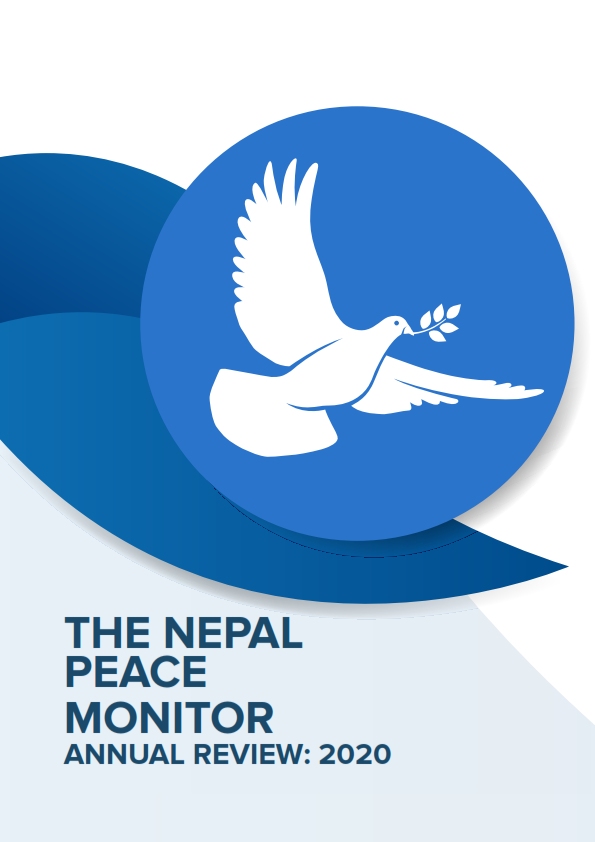
THE NEPAL PEACE MONITOR ANNUAL REVIEW: 2020
October 25, 2021
Human Trafficking / LGBT+ Rights / GBV / Political / Children’s Rights / Senior Citizens’ Rights / HRD Issues / Human Rights / Interpersonal Violence / Governance / Covid-19 / Civic-Space / PwD
Analysis
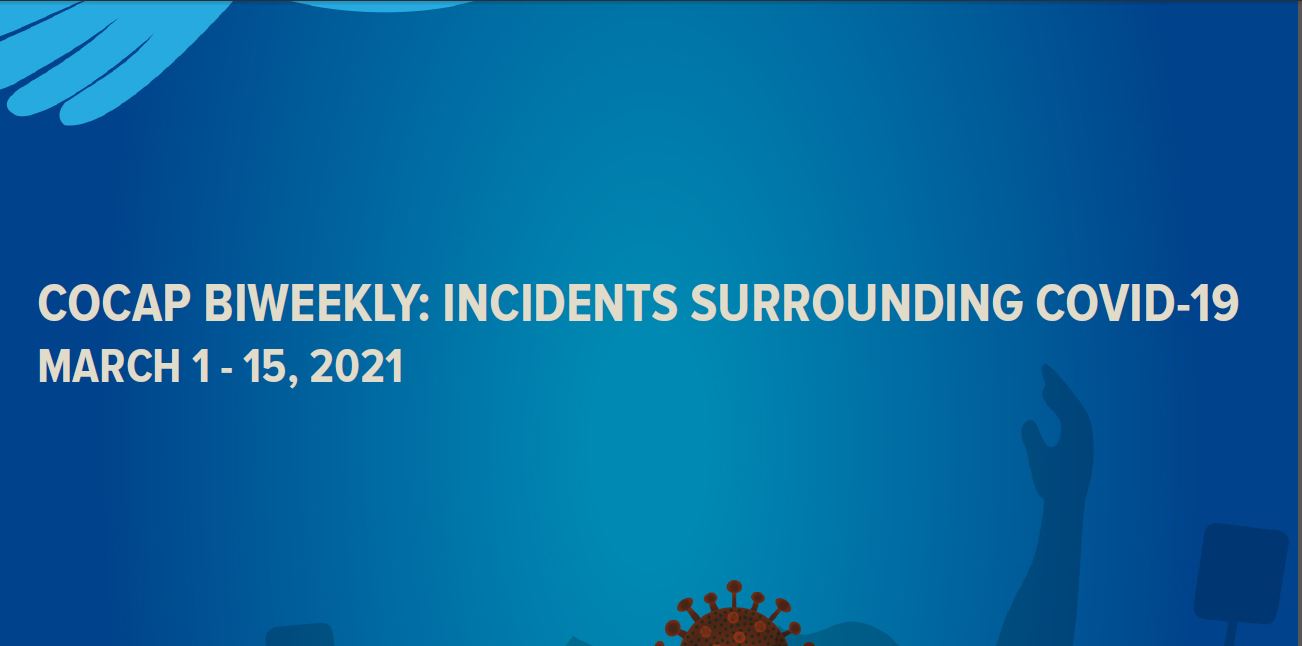
COCAP BIWEEKLY: INCIDENTS SURROUNDING COVID-19 MARCH 1 - 15, 2021
March 25, 2021
GBV / Governance / Covid-19
_001.png)
